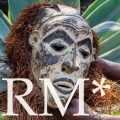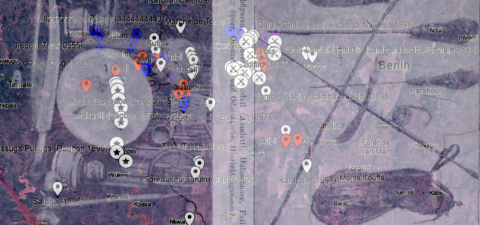At an exhibition – Loot. Ten Stories – about the looting of art that has sustained European collections for centuries virtual reality (VR) glasses are available for visitors to use at various stations around the space.
In a next room are replicas of the Benin Bronzes that were looted from Nigeria by European colonizers. In front of them, on a kind of pedestal, the sculpted head of a horse stands out.
It is the only thing that remains of the original chariot on the Brandenburg Gate in Berlin, destroyed in World War II.
In the background hang two paintings. They are part of the loot stolen by French revolutionary troops during the invasion of the Netherlands in the 18th century.
The exhibition aims to demonstrate that looted objects can continue to have a life in Western museums even after they have been repatriated.
Governments and museums probably have to return a lot of things and it’s only fair,” Jongsma says. “Some are a little slower than others but there’s no way back. It’s prompting all these questions. Are the originals the only things that have value?”


